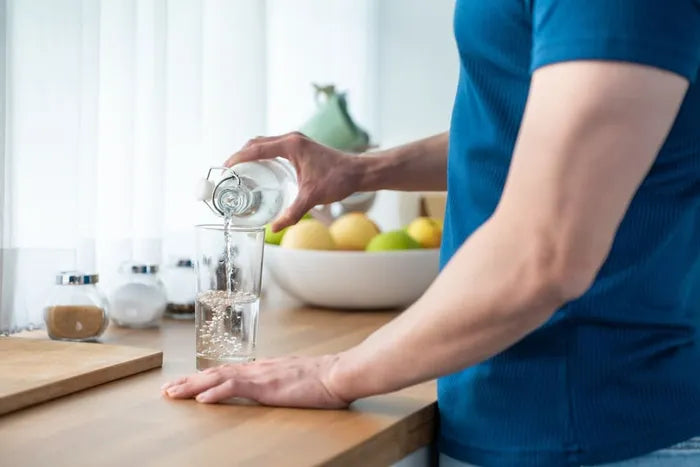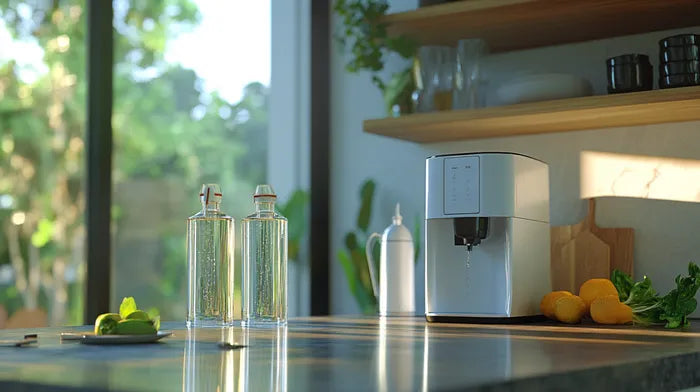Microplastics: What Are They and How to Avoid Them
Published October 6, 2024

Ever taken a sip of water and wondered what's really in it? Today, we unravel the mystery of microplastics—minute particles that are silently sneaking into our water bodies and potentially, our bodies. By the end of this read, you'll be equipped with practical ways to minimize your exposure to these sneaky adversaries.
What Are Microplastics?
Microplastics are tiny plastic fragments, smaller than 5mm, that originated from larger pieces of plastic. Think of the plastic water bottle that you tossed away last year, or that shopping bag you forgot on the beach. Over time, they degrade and break down, shedding off these tiny particles that are hard to see but easy to ingest.
Why are they in my water?
Microplastics, once released into the environment, embark on a journey across waterways, eventually ending up in our lakes, rivers, and oceans. How do they get there? Urban runoff, industrial discharges, wastewater treatment plants, and our own pollution contribute significantly.
For instance, billions of plastic bottles are manufactured every year, but shockingly, less than 10% get recycled. The rest either go to landfills or end up in our water bodies, slowly degrading into microplastics.
Water expert and New York Times Bestselling author Seth Siegel shared an unnerving fact during an interview at the MAYU Water Appreciation Academy.
Yes, you read that right—microplastics are present in many of our beverages, and their prevalence is growing.
How Do I Avoid and Minimize Microplastics
While eliminating microplastics from our water supply might seem like a Herculean task, don't lose hope. There are steps you can take to significantly reduce your exposure. Here's how:
- Opt for Filtered Water: Invest in a high-quality water filter. Reverse osmosis systems are particularly adept at removing microplastics.
- Avoid Single-Use Plastics: Instead, choose reusable water bottles made of glass or stainless steel. Not only are they chic, but they also contribute less to plastic waste. For those who love the taste of specific bottled water, a water oxidizer like the MAYU Swirl could be the perfect solution. Just add minerals to match your favorite brand's taste!
- Be Mindful of Packaging: Look for water sold in larger containers—they have a lower plastic-to-water ratio.
- Avoid Hot Water from Plastic Containers: Never leave plastic water bottles in a hot car, and avoid heating water in plastic containers. Always opt for glass or stainless steel when you can.
- Get to know your tap water: Tap water is generally safe to drink, but do be aware of potential sources of microplastics. If you're concerned, opt for a filter designed to remove them.
- Choose Natural Fibers for Tea and Coffee: Microplastics have been found in plastic tea bags and coffee filters. Opt for natural alternatives like loose-leaf tea or coffee brewed with reusable cloth filters.
- Educate Yourself and Spread Awareness: Knowledge is power! Stay updated on the issue and share what you learn with others. Every conversation contributes to a cleaner environment.
Your Personal Ripple Effect: Small Actions, Big Impact
While completely eliminating microplastics from our water supply may be challenging, adopting these proactive measures can significantly reduce your exposure to these tiny plastic particles. By investing in a reliable water filter, avoiding single-use plastics, and making conscious choices in our consumption habits, we can contribute to a cleaner and safer water environment for ourselves and future generations. Let's take responsibility for our water consumption and protect both our health and the planet.












































